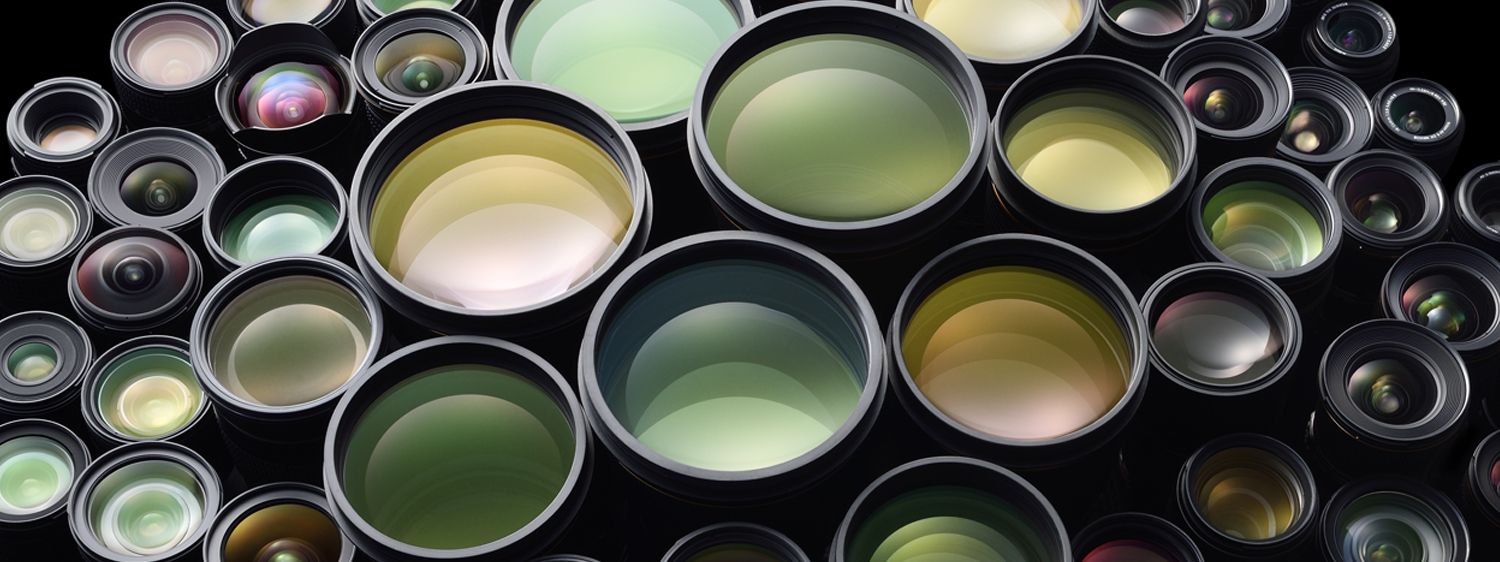Bericht
door GdP » za jan 05 2008 2:56 pm
Volgens Bjørn Rørslett
AFS-Nikkor 24-70 mm f/2.8 ED G FX
5
(DX:D2X)
tentative
(FX:D3)
IR:
5
(D200 modified)
This lens, introduced with the new Nikon D3 and its FX ("full-frame") format, is a state-of-the-art design and will likely replace the older 28-70. It is a little longer than the old lens, weighs about the same, and is significantly more narrow. Its shape and outline means it rests very comfortably in your hand and it handles great on the D3 and D2x bodies despite its "G" disadvantage. To offset the latter, there are improved sealings and a rubber gasket to the rear to alleviate ingress of dirt and moisture. The newcomer uses a huge scalloped (petal-formed) lens shade like its predecessor.
The optics comprise 15 elements, 3 of which are ED, 3 aspherical, and one has nano-crystal coating. Nine blades in the aperture makes for nice out-of-focus backgrounds. Unlike the 28-70, it has a fixed rear lens element so the tendency for the lens to act as a "suction device" is eliminated. In fact, the element is fixed both for focusing and zooming, very neat and clever. When you zoom either side of the 50 mm setting, the front assembly moves to expand or contract just like the 28-70. Normally you won't notice this since all the action takes place inside the lens hood.
In terms of geometric distortion, the 24-70 shows very low pincushion towards the long end on D2X, a little more on the D3. Towards the 24 mm end, almost no distortion at all could be seen, just vestiges of a barrel type. It is obvious when you swap the lens between DX- and FX-cameras that the distortion pattern is somewhat wave-shaped across the frame so the nearly straight lines in the corners of the DX frame can be curved a little more on the D3, and vice versa. However, levels of distortion are so low that they encroach on those found in fixed-focal length territory. You can shoot architecture with this zoom lens. Simple as that, really.
Compared to the older 28-70, the 24-70 handles adverse light conditions much better and flare and ghosting are rarely an issue. The "micro-contrast" of image details is much better too. It focuses a little closer as well, 0.4m (0.38-0.41m depending on the zoom setting) to give approx 1:3.7x magnfication. Not "macro" of course, but very useful for flowers and larger objects, and image quality held well up into the nearest range.
The 28-70/2.8 has long been recognised as among the best ever made by Nikon. I'm happy to report that the new 24-70 takes this quality even further. It has a very modest amount of field curvature at 24mm and virtually none at 70 mm, so you can apporach your subject without fear of the corners going unsharp. Light fall-off can probably be measured in a research lab but is undetectable within the frame of a DX camera, more or less the same behaviour is seen on the D3 but this statement is only tentative until I get my D3 later.
Very sharp images result on-axis at 24 mm even at f/2.8 and the contrast was good all over the frame with corners ever so slightly softer. At f/4 the entire frame at 24 mm appears sharp and crisply defined with excellent contrast and colour saturation. Stopping down further changed little of these traits until you got near f/16, where lowering of contrast and the onset of loss of detail commenced to be more visible. Still, I would not hesitate shooting at f/16 even on the wide end of the range.
For the long end, f/2.8 delivered sharp images across the entire frame and this improved further at f/4. Absolutely state of the art optical performance and the enhanced acuity and better micro-contrast compared to the identical capture with the 28-70 were plainly visible. Image quality held up well to beyond f/16, even f/22 looked very acceptable, a most unusual finding.
Both in test chart shots and in the field, I had a hard time detect any CA nasties with this lens. When the lens was used for close-ups on high-contrast subjects, very slight CA could be detected but not to any level that judicious post-processing couldn't remove entirely. So again this is state of the art performance. Nikon themselves claim that the image quality of current lenses result from a three-sided approach involving camera sensor technology, lens design, and software. I wrote the same in my 12-24 DX and D2X reviews years ago, by the way.
I'll run tests on this lens on a D3 later to confirm these findings, but as of now, the new 24-70/2.8 Nikkor is the reference for all other midrange zoom lenses.
IR: performance on the D200 (modified) was impeccable in the IR range. Very sharp images resulted and no issues with hot spots and other nasties could be found. In common with all other lenses in IR, you'll see more ghosting and flare compared to that in visible light.


